
Sundarbans, earlier Sunderbunds, an immense lot of backwoods and saltwater swamp shaping the lower part of the Padma (Ganges [Ganga])- Brahmaputra River delta in southeastern West Bengal state, northeastern India, and southern Bangladesh. The all-out territory of the Sundarbans, including both land and water, is approximately 3,860 square miles (10,000 square km), around three-fifths of which is in Bangladesh. The lot expands roughly 160 miles (260 km) west-east along the Bay of Bengal from the Hugli River estuary in India toward the western section of the Meghna River estuary in Bangladesh and arrives at inland for around 50 miles (80 km) at its broadest point. An organization of estuaries, flowing streams, and rivulets converged by various channels, it encases level, thickly forested, boggy islands.


The name Sundarbans is believed to be gotten from sundry or Sundari, the name of the huge mangrove trees that are generally copious in the region. The forestland changes into a low-lying mangrove swamp moving toward the coast, which itself comprises of sandhills and mud pads. Furthermore, in light of the fact that significant measures of stream water have been redirected upstream for the water system and different uses, saltiness in the mangrove swamps has moved farther inland, particularly in the Indian division of the region.

Mangrove woodlands comprise around two-fifths of the Sundarbans district's general surface region, with water covering generally 50% of that region. The scene is continually being changed by the erosional powers of the ocean and wind along the coast and by the huge heaps of residue and different silt that are stored along the horde estuaries. Human movement has likewise changed the scene, prominently through woods evacuation, which quickens disintegration.
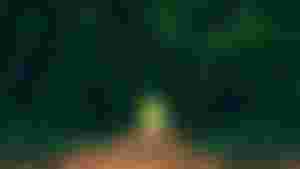
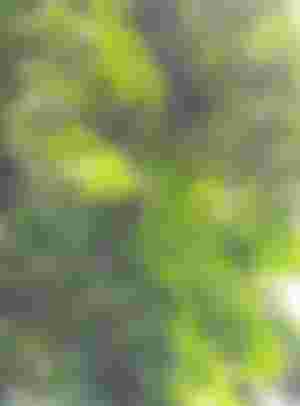
Other than the staggering Royal Bengal Tiger, the other remarkable mammalian fauna are Spotted deer (Cervus pivot), Barking deer (Muntiacus muntjak), Rhesus macaque (Macaca mulatta), Jungle feline (Felis chaus), Leopard feline (Prionailurus bengalensis), the Indian porcupine (Hystrix indica), Otter (Lutra perspicillata), and wild hog (Sus scrofa). deer and wild hog establish the principal prey for the tiger. A few animal groups including the Bengal tiger are jeopardized.

The environmental assorted variety of the Sundarbans upholds an enormous assortment of flying creatures. Among the all outnumber of species recorded, most are an occupant. More than 50 species are known to be transitory and are generally spoken to by the waterfowls. The egrets, storks, herons, bitterns, sandpipers, curlew, and various different waders are seen along the sloppy banks. There are numerous types of gulls and terns, particularly along the seacoast and the bigger streams. Accipitridae (kites, birds, vulture, harrier, and so on) is spoken to by around 22 species. Nine types of kingfishers are accessible in the woods. The rich avifaunas of the woodland incorporate types of woodpeckers, barbets, owls, honey bee-eaters, bulbul, shrikes, drongos, starlings, mynas, babblers, thrush, oriole, flycatchers, and numerous others.






Of around 50 types of reptiles, the biggest part of the Sundarbans is the Estuarine crocodile (Crocodylus porosus), some of which may achieve a length of around seven meters. Albeit once they were bountiful in this mangrove environment, their all outnumber is currently assessed to be around 250. Types of reptiles, including the Monitor Lizards Varanus, turtles, and snakes are all around spoken to. Among the snakes, the King Cobra (Ophiophagus hannah), Russell's Viper (Vipera Russell), Rock (Python molurus), Banded Krait (Bungarus fasciatus), and a few types of ocean snakes are eminent.
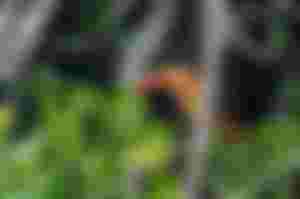


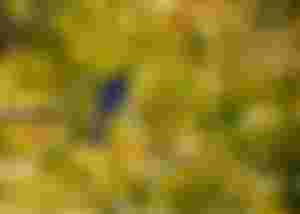

Just eight types of creatures of land and water have been accounted for from the Sundarbans. The green frog is generally seen in the Chandpai zone of the mangrove woods. The other timberland creatures of land and water incorporate the Skipper frog, Cricket frog, Tree frog, and the regular amphibian.


The Sundarbans bolsters almost 400 types of fishes in its differed oceanic living spaces; these incorporate both the pelagic and demersal fishes. Numerous species utilize these territories as nursery grounds. No hydroponics or fish cultivating is permitted in the Sundarbans. The Forest Department controls the fish get from the zone.

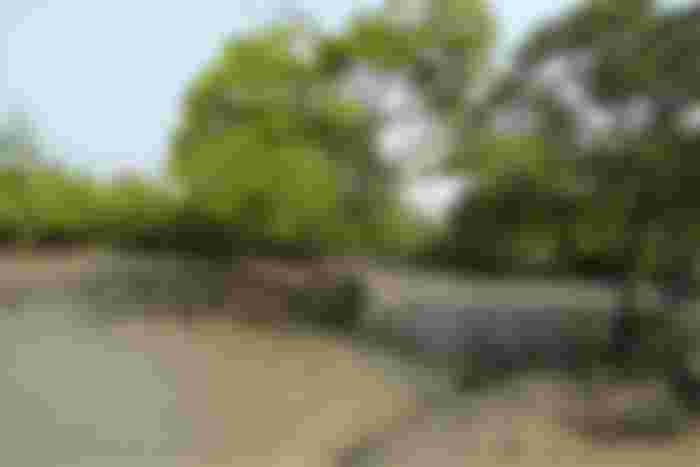
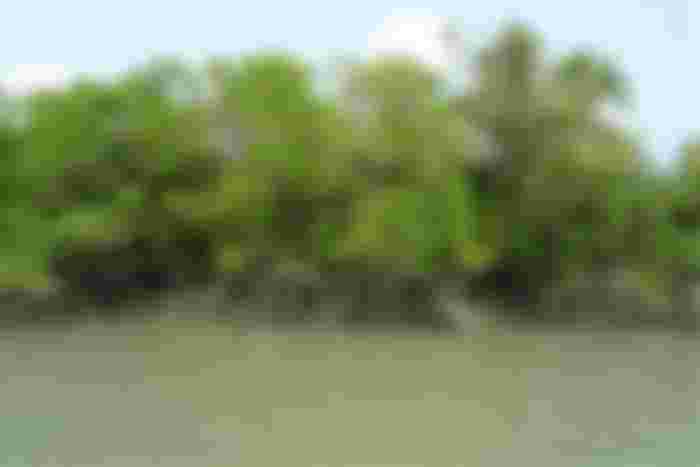
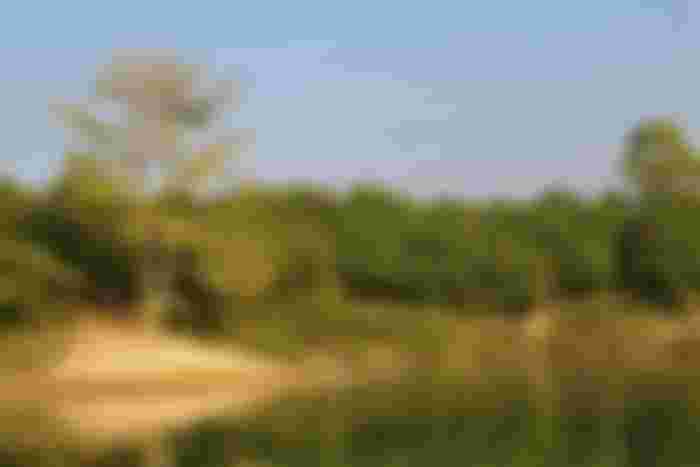

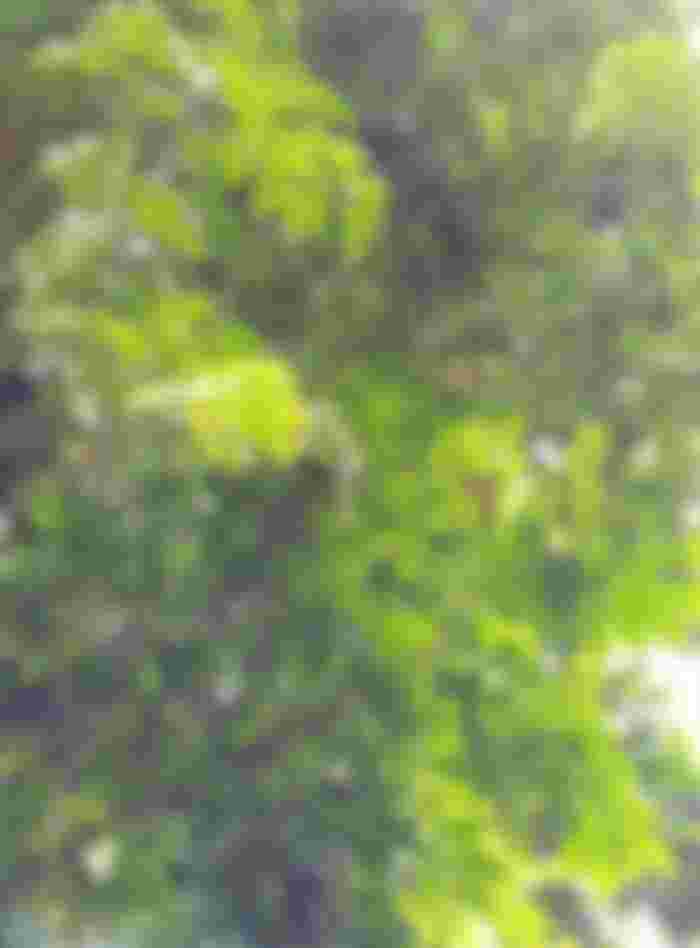
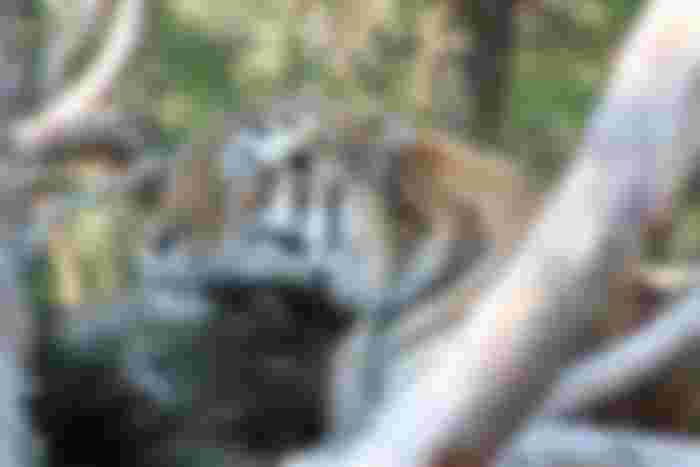
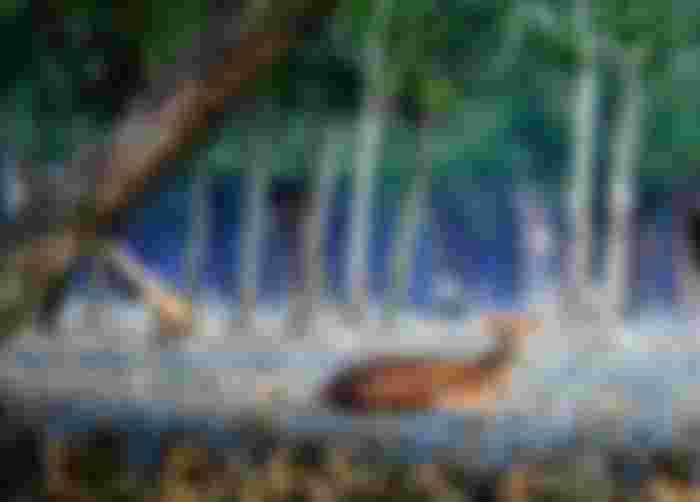
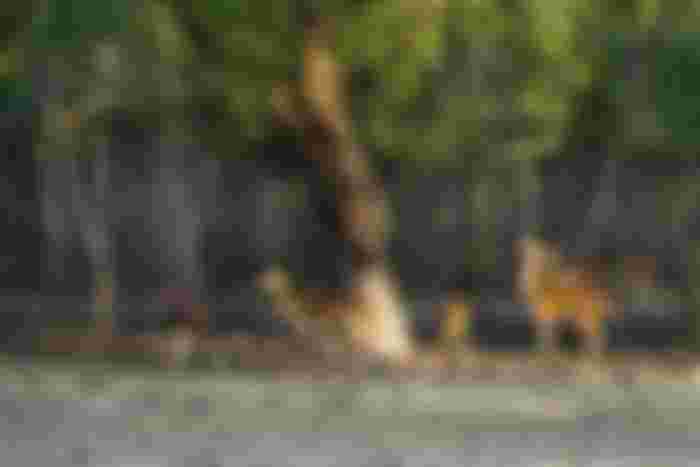



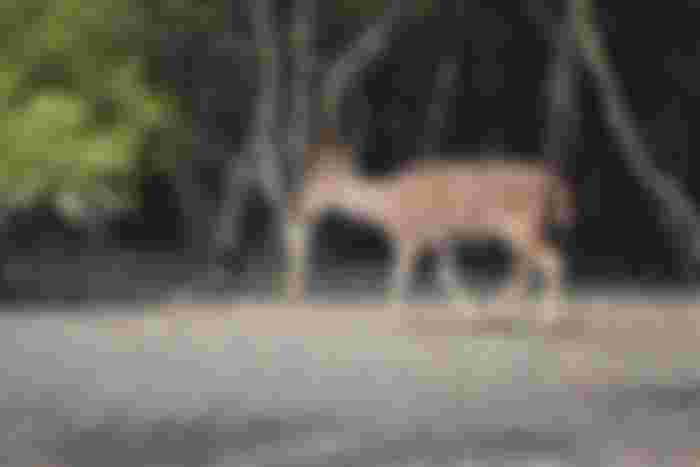



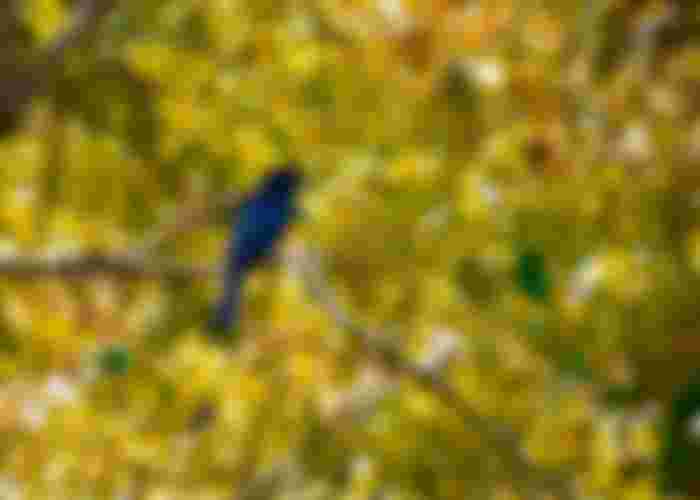

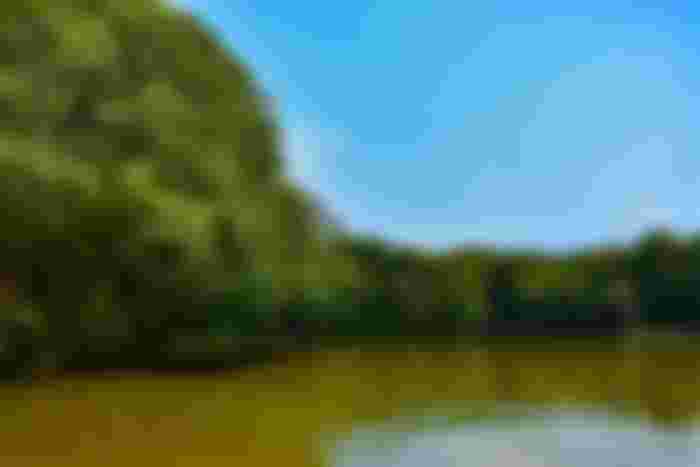

wow fantastic post. sundarban is the most place in bangladesh. Here have a many trees.we get to much oxygen from the sundarban. I think to get one fourth ogygen from the sundarban.thenks for valuable tropics pick up with us.